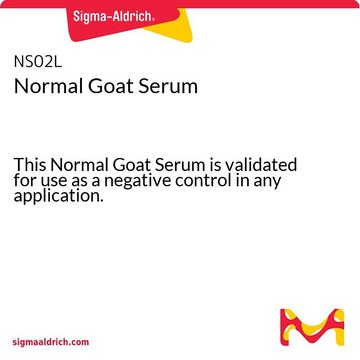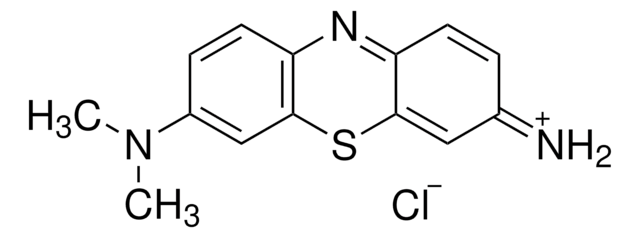28-3110
Sodium hypophosphite monohydrate
SAJ special grade, 82.0-86.0% anhydrous basis
Sign Into View Organizational & Contract Pricing
All Photos(1)
About This Item
Linear Formula:
NaH2PO2 · H2O
CAS Number:
Molecular Weight:
105.99
EC Number:
MDL number:
UNSPSC Code:
12352106
PubChem Substance ID:
Recommended Products
grade
SAJ special grade
assay
82.0-86.0% anhydrous basis
form
crystalline
availability
available only in Japan
SMILES string
O.[Na+].[O-][PH2]=O
InChI
1S/Na.H3O2P.H2O/c;1-3-2;/h;3H2,(H,1,2);1H2/q+1;;/p-1
InChI key
PLZNPHDJGFDNRM-UHFFFAOYSA-M
Looking for similar products? Visit Product Comparison Guide
Storage Class
11 - Combustible Solids
wgk_germany
WGK 2
flash_point_f
Not applicable
flash_point_c
Not applicable
ppe
Eyeshields, Gloves, type N95 (US)
Choose from one of the most recent versions:
Already Own This Product?
Find documentation for the products that you have recently purchased in the Document Library.
C Sánchez-Pedreño et al.
The Analyst, 115(9), 1257-1260 (1990-09-01)
A kinetic method for the determination of Te based on its inhibitory effect on the PdII-catalysed reaction between pyronine G and H2PO2- is described. The influence of experimental variables on the rate of the process and the potential interfering effect
W S Price et al.
Biophysical journal, 61(3), 621-630 (1992-03-01)
A new 31P NMR method is used to probe the cytoplasmic viscosity of human erythrocytes. The method is based on observing two-spin order relaxation of the 31P atom of the hypophosphite ion. This method is superior to our previous method
[Colorimetric characterisation of meprobamate in urine and gastric liquid after solid-phase extraction].
S Royer et al.
Annales de biologie clinique, 57(2), 237-237 (1999-04-22)
Choong Jeon et al.
Bioresource technology, 96(1), 15-19 (2004-09-15)
Effects of ionic strength and organic materials on copper ion uptake capacity using carboxylated alginic acid which showed very high metal ion uptake capacity were investigated. The ionic strength only had a slight effect on the decrease of copper ion
Sandra Bischof Vukušić et al.
Croatian medical journal, 52(1), 68-75 (2011-02-18)
To study the antimicrobial activity of citric acid (CA) and sodium hypophosphite monohydrate (SHP) against gram-positive and gram-negative bacteria, and to determine the influence of conventional and microwave thermal treatments, on the effectiveness of antimicrobial treatment of cotton textiles. Textile
Our team of scientists has experience in all areas of research including Life Science, Material Science, Chemical Synthesis, Chromatography, Analytical and many others.
Contact Technical Service








